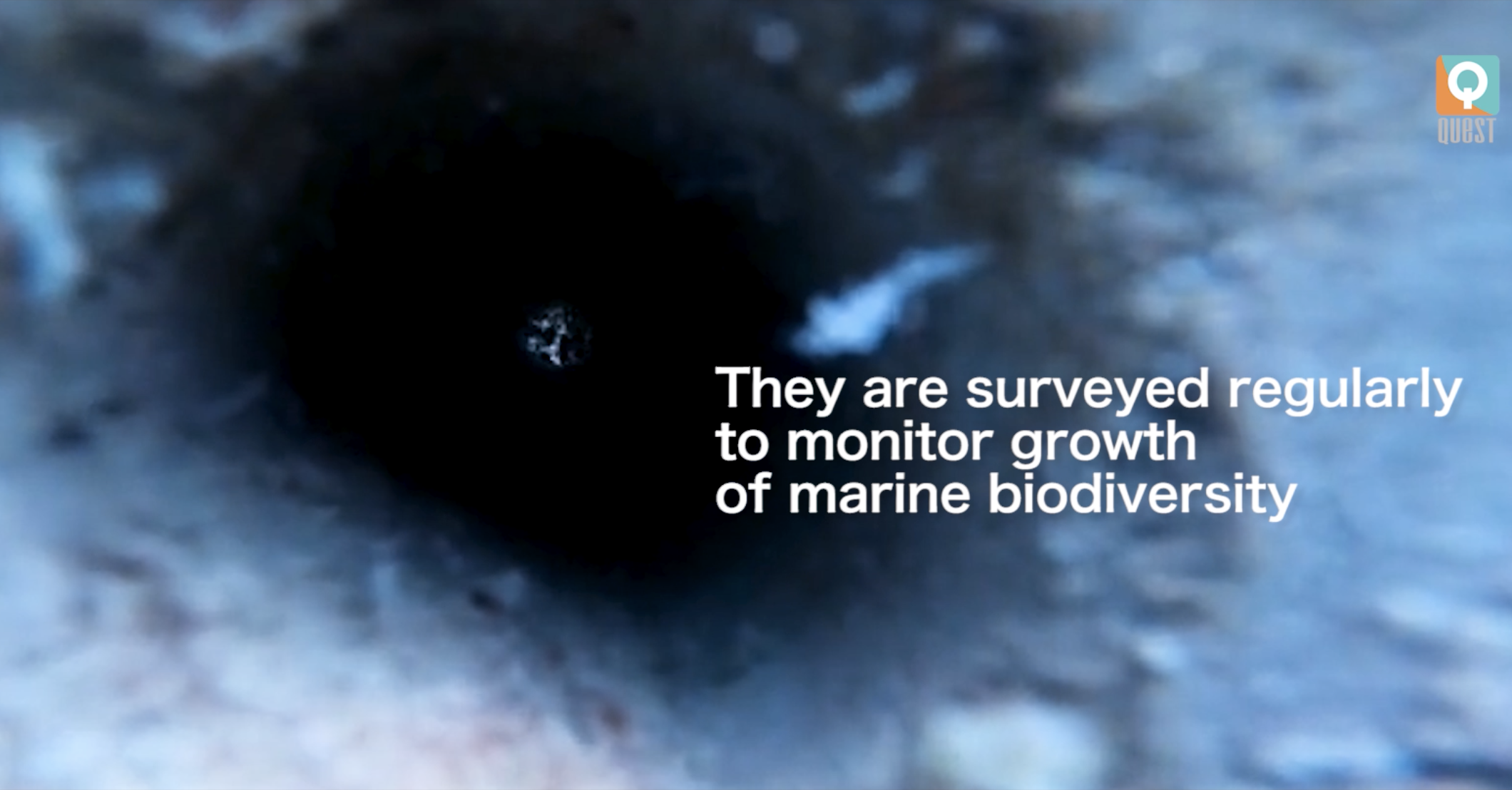Rested by the calm and idyllic Palk Bay, Pirappan Valasai is a fishing hamlet of about 25 families. Most of the residents of Pirappan Valasai are small scale fisher-folk, employing shore-nets and small country boats to secure their catch. Casting nets early morning, the entire village comes together by 8am to pull their nets from the ocean. However, over the past few decades, their fish catch has been gradually dwindling – forcing many of them to find work abroad as labourers. The main cause – unregulated fishing on large-scale fishing vessels knows as trawlers. The Government dictates that trawlers need to operate 3.4 nautical miles from the coast, a zoning system to enable the sustainable management of fisheries resources. In a blatant disregard for maritime laws, trawlers often operate as close as 50m from shore; trawling resident seagrass beds and coral reefs for sea cucumbers, seahorses and other protected species.
In an effort to replenish fish stocks for subsistence fisherfolk, we have started a marine restoration program; through the installation of artificial reefs. In many countries across the world, artificial reefs are implemented as mitigation measures, to combat overfishing and restore marine populations. In association with marine biologist Suneha Jagannathan, our artificial reef program is now underway.
Artificial reef units are constructed using a combination of cement, iron and natural sources of calcium carbonate. Holes within the semi-spherical structures are added to provide refuge to fish recruits. The surface is scoured with natural limestone to increase rugosity and structural complexity, which encourages natural recruitment of coral polyps upon the structure.
The reef structures provide an ideal substrate for the recruitment and growth of coral polyps. In order to understand the ecological effectiveness of artificial reef systems within the local ecosystem, we conduct rigorous biodiversity monitoring at the reef installations. This also sheds light on primary succession in artificial reef systems.
We believe that the artificial reef program would provide an ideal habitat for restoration of native coral reefs. Over time, this would enable the fish population to recover and replenish on a local scale. This would enable our community to continue with a self-sustaining model to support themselves, remaining ambassadors of the ocean.














